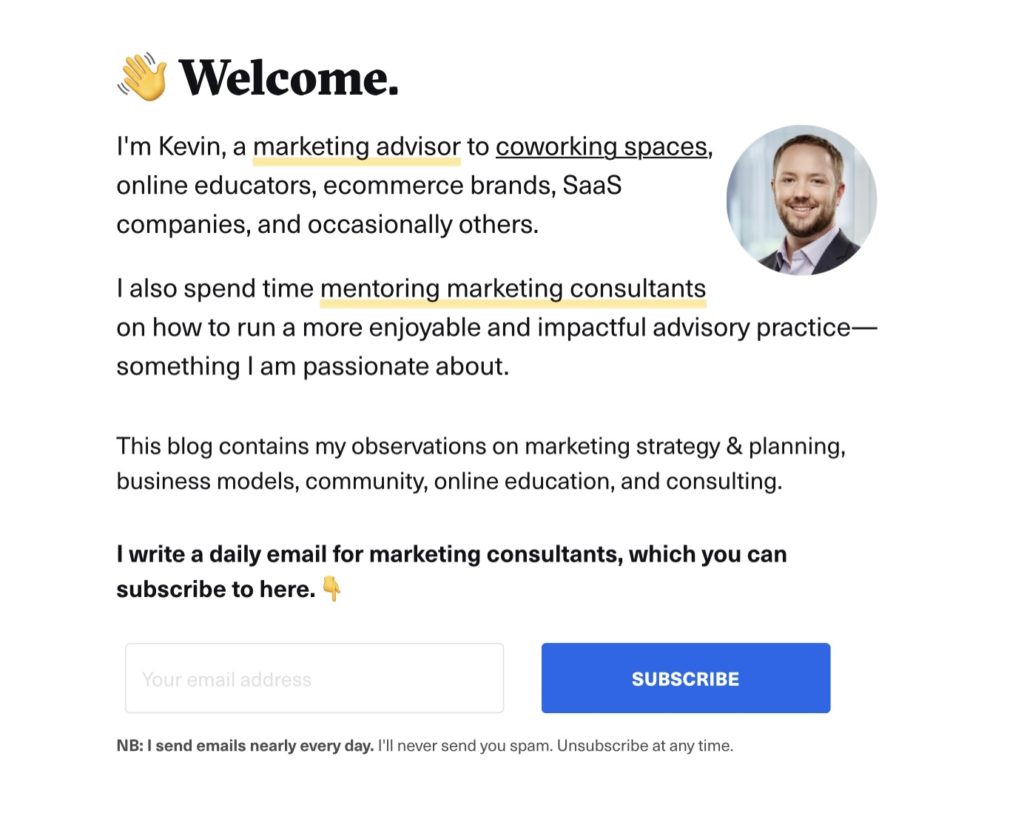It’s easier to do things daily than it is to do them weekly or monthly.
It’s counter-intuitive but it’s true.
When I exercise daily, it isn’t even a thought. It’s a habit. I make time for it and it gets done. No excuses.
And it’s the same with your marketing.
If every day you publish on social media, write that blog post, refine that ad creative, or generally check in on things, it’s a lot easier than trying to do them once a week or whenever you have time.
You don’t have to do all of those things every day, but you need to do something every day to get the best results.
And here’s the thing: your results will be a LOT better, too.
We all get busy. And when you’re not planning to work on your marketing every day, it becomes an afterthought.
Things get missed. Days go by.
And then what happens? The pipeline slowly dries up until one day you are wondering what happened to your leads.
It must be the competition, you think.
I get it. Marketing is time-consuming. It can be difficult. There are so many details, tasks, revisions, coordination, and headaches that come with it.
But it’s also the highest point of leverage in your business.
After all, would you expect a fruit stand to be successful if it did not take its fruits to the marketplace each day?
Yes, you have operational responsibilities. Yes, they’re very important.
But if you’re not working on your marketing initiatives daily, moving projects along, and publishing content to the world, your business will suffer.
Maybe you won’t see the effects today. But every day you’re not investing your time in marketing, you’re losing opportunities. I guarantee it.
If you own the business, ask yourself how many days each week you work on your marketing—even if it’s just for a few minutes.
If the answer is less than five, you’ll have a problem soon (if you don’t already).
Work on your marketing daily. It’s easier and it gets better results.
This post originally appeared on my coworking consultancy’s blog.
